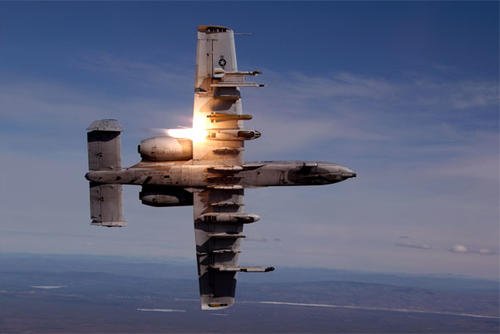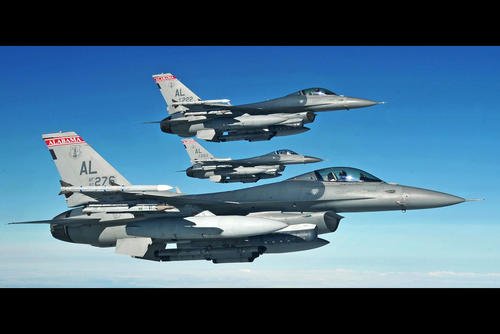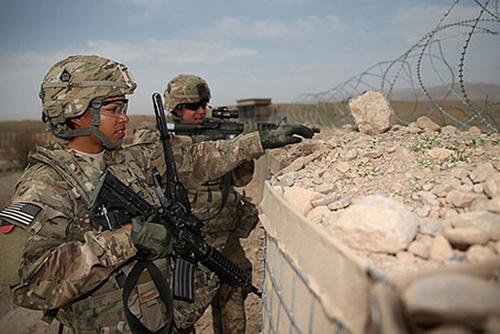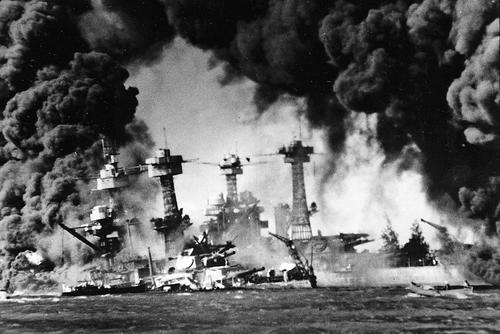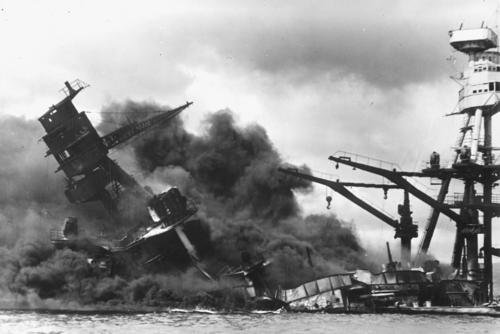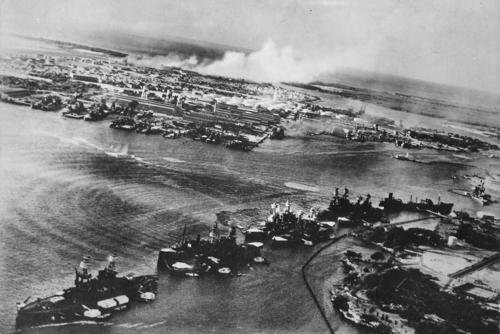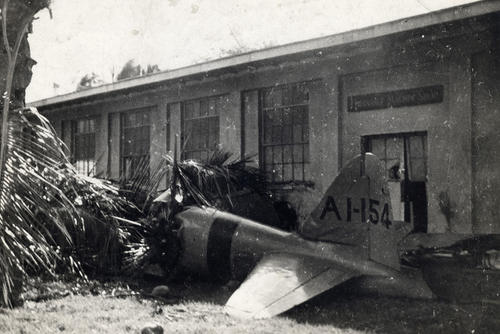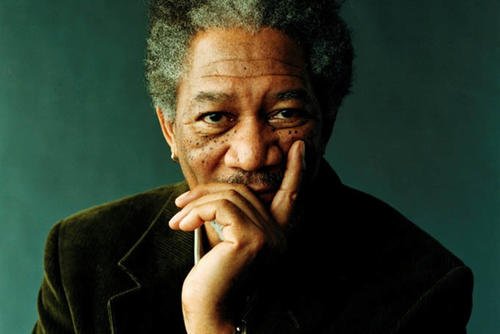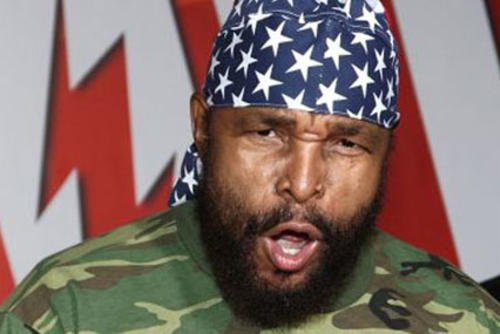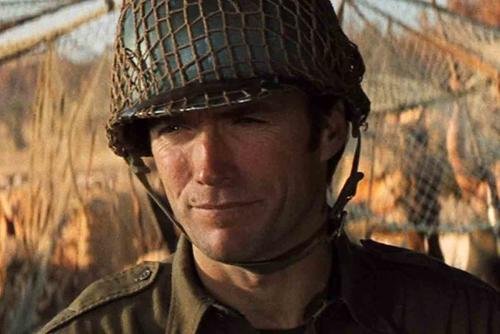
Decision 4 of 4
Result: Decisive Union Victory
On the afternoon of July 3rd, a thunderous artillery barrage opened fire on the Union center. Northern guns returned the fire with solid effect. Little did they realize that it was a diversion to cover the army's retreat.
Over fifteen thousand soldiers of Pickett's division and brigades from the Confederate I and III Corps conducted small raids and spoiling attacks to keep Union forces in place. General George Meade, the Union commander, believed another attack would strike his left flank and was in no mood to launch his own advance.
With little fanfare, the Southern army cleanly disengaged from the battlefield, carefully covered by J. E. B. Stuart's cavalry screen and Pickett's men. Confederate losses were less than those of the Union, but more than 15% of the rebel army was killed, wounded, or missing. Almost 20% of the Union army had been casualties. (Continued below map)

The battle was over. The Army of North Virginia had scored some tactical successes on the battlefield, inflicted greater damage than it had received, and withdrawn in good order.
By not winning a decisive victory, however, the South had lost perhaps its last, best chance, to end the war on its terms. The next day, on July 4th, the rebels retreated further south towards Virginia. They would never again invade the North.
